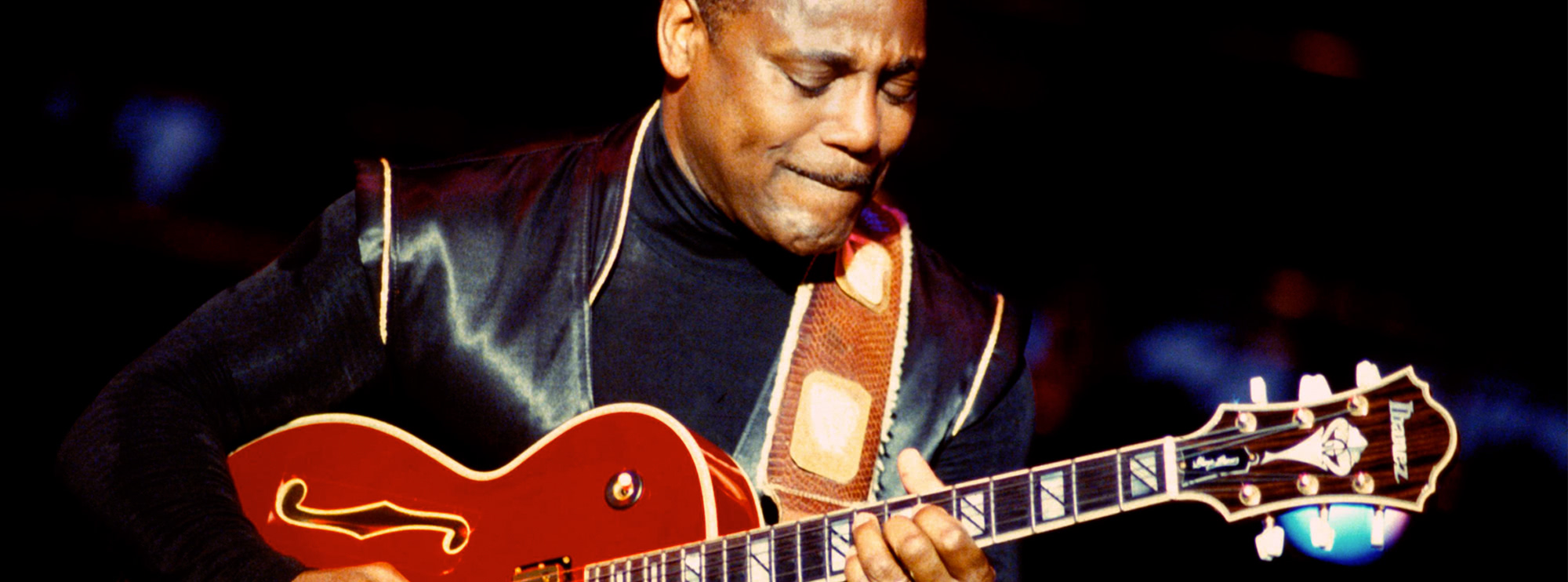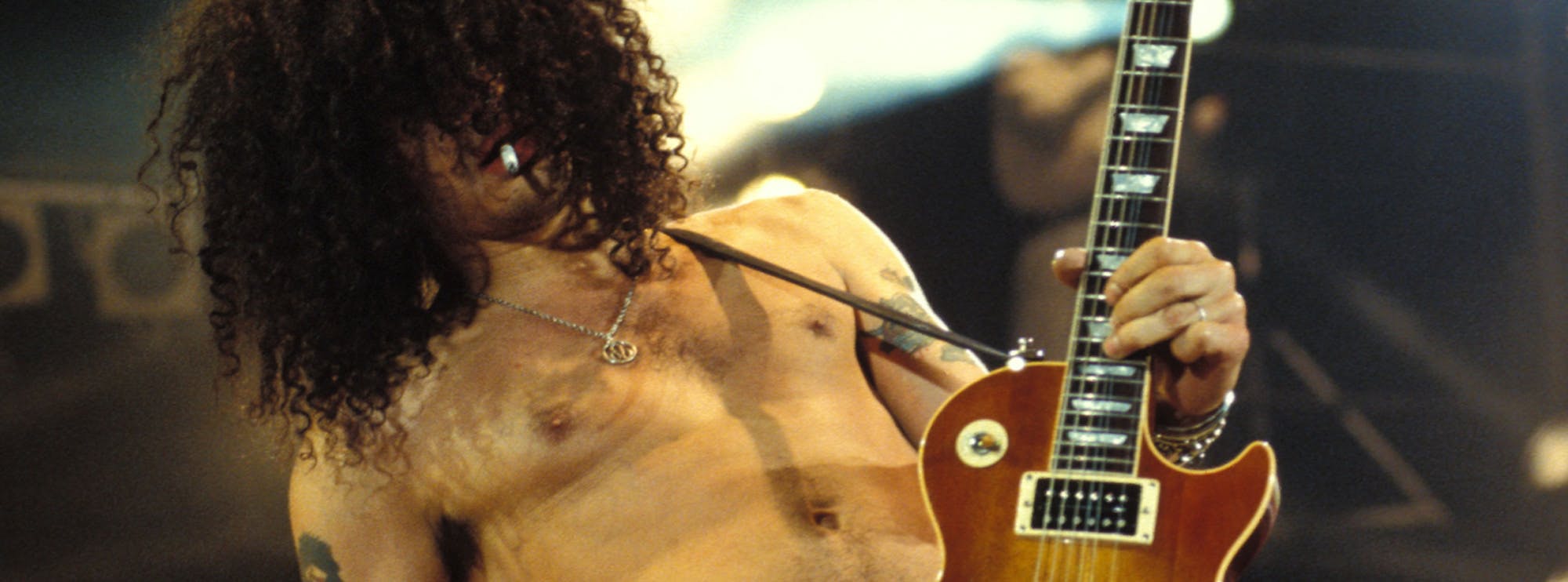Sympathy For The Devil - Rolling Stones
Learn to master the iconic guitar techniques featured in The Rolling Stones’ legendary song “Sympathy For The Devil.” This lesson takes you through the key guitar elements of the song, capturing the essence of Keith Richards' unmistakable style and focusing on a range of techniques that bring the song’s rich texture to life. By working through each part, you’ll gain a deeper understanding of how to play this classic rock song, honing techniques that are essential for any guitarist looking to expand their skills in rock, blues, and rhythmic playing. Danny Gill breaks down this classic Rolling Stones track in this exclusive Lick Library video tutorial.
The Rolling Stones’ Guitar Style and Influence
“Sympathy For The Devil” showcases Keith Richards' raw, emotive guitar work, underpinned by his remarkable sense of rhythm and melodic sensibility. Richards, known for his blues-rooted rock approach, creates a layered, syncopated foundation for the song. In this track, Richards doesn’t overwhelm with fast riffs; instead, he masterfully uses tension, release, and expressive playing, crafting an atmosphere that has inspired generations of guitarists. The techniques in this song serve as a gateway to Richards’ signature style and help learners explore both lead and rhythm guitar in a way that’s musical, accessible, and endlessly influential.
Techniques Used in the Lesson
String Bending
String bending is prominent in “Sympathy For The Devil,” adding expression and character to the guitar lines. By bending the strings, Richards injects a bluesy, vocal-like quality into his playing, conveying both tension and emotion. Mastering string bending helps guitarists develop better control over pitch and expression, allowing notes to sing and stand out within the rhythm.
Vibrato
Richards’ use of vibrato gives his notes a unique, sustained character. Vibrato adds warmth to held notes, making the melody more expressive and soulful. Practicing vibrato not only enhances the sound of single notes but also helps in developing a personalised touch, allowing guitarists to add individuality to their playing style.
Slides
In this lesson, slides are used to connect phrases seamlessly, adding a smooth, fluid quality to the guitar lines. Sliding between notes or chords allows for a more legato sound, creating a cohesive flow in solos and riffs. This technique is essential for developing a sense of movement in your playing and is especially effective in rock and blues music.
Alternate Picking
The song incorporates alternate picking, helping to keep a steady, rhythmic pulse. This technique involves alternating between up and down strokes, making it ideal for achieving speed and precision. By mastering alternate picking, guitarists can improve their timing and gain greater control over fast or complex passages.
Double Stops
The use of double stops in “Sympathy For The Devil” adds a harmonic layer to the melody, filling out the sound and adding depth. Playing two notes simultaneously creates a fuller, more impactful tone, which is key in rock music for creating a richer sound without additional instrumentation. Double stops are especially beneficial for rhythm players looking to add more dynamics to their playing.
Hammer-Ons and Pull-Offs
Keith Richards employs hammer-ons and pull-offs throughout the song’s riffs and fills, allowing for smooth, quick transitions between notes. Hammer-ons and pull-offs are foundational techniques in lead guitar, enhancing speed and fluidity while reducing pick-hand movement.
Arpeggios
The rhythm section of the song features selective use of arpeggios, where individual notes of a chord are played in sequence, giving a more textured sound to the progression. Practicing arpeggios is invaluable for finger coordination and musical phrasing, helping players develop a cleaner, more articulate approach to chord progressions.
Palm Muting
Palm muting is used subtly to add a percussive effect, enhancing the rhythm of the guitar parts. By lightly resting the picking hand on the strings, players can create a dampened sound that adds both depth and groove to the song. Palm muting is essential for rhythm guitar, giving a tight, controlled sound that’s particularly useful in rock and blues.
Barre Chords
Richards’ rhythm work in this song often includes barre chords, which allow him to move fluidly across the fretboard. Barre chords are foundational for guitarists, providing a versatile way to play chords up and down the neck. Mastering barre chords opens up endless possibilities for chord voicings and allows players to navigate different musical keys with ease.
Benefits of Learning These Techniques
Learning the techniques in “Sympathy For The Devil” provides a foundation for expressive rock and blues guitar playing. Each technique builds a critical skill, from developing control over pitch with string bending to gaining rhythmic precision through alternate picking and palm muting. This lesson not only teaches the mechanics of playing these techniques but also helps players internalize the musical context of each, enhancing their overall ability to play with feel and expression. As students progress through this lesson, they’ll develop a broader vocabulary of techniques, enabling them to tackle a wide range of musical styles with confidence.
Guitar Techniques List
- String Bending
- Vibrato
- Slides
- Alternate Picking
- Double Stops
- Hammer-Ons
- Pull-Offs
- Arpeggios
- Palm Muting
- Barre Chords
This lesson offers a comprehensive exploration of the techniques that define “Sympathy For The Devil” and equips players with the skills to master this classic track and incorporate these techniques into their own playing style.

About The Tutor
Tutor Profile
Danny Gill
Danny Gill is, without a doubt, the most loved tutor by our community. With an incredible array of DVDs and web lessons for LickLibrary covering a wide variety of topics all of which he covers with incredible detail, it's no wonder he carries as much respect as he does. As...



